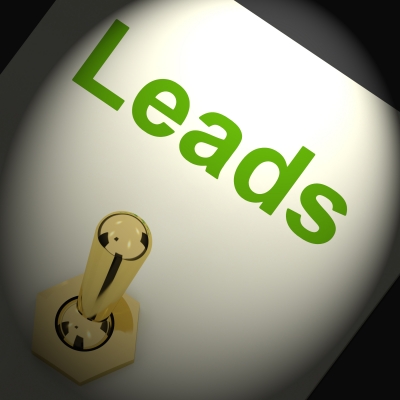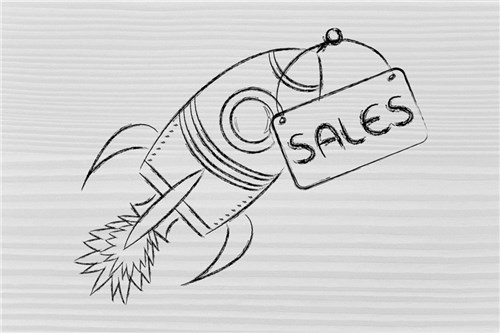
In a perfect world, your ideal customer would come directly to you knowing exactly what he needs and ready to purchase. However, this is rarely how it goes down. Instead, businesses must cultivate and nurture leads to the point of purchase. For many small businesses, there’s often no concrete process in place for attracting and managing leads, which can lead to lost opportunity and a less than ideal customer experience. In order to find and close the deal with customers, your team needs to have a streamlined process for bringing leads through the pipeline. Thankfully, there have been plenty of technology advancements over the years that make this easier than ever. Here are 5 tips to improve lead generation and management.
- Know your ideal customer
What problems does he face? What is he most interested in? On what channels does he prefer to be communicated? This will help you to create the most compelling content delivered in the most ideal manner, which will increase the chances that he will pay attention to you and what you’re selling. Segment your customers into profiles – there will be different buyer personas, all requiring a different approach.
- Create the right content
To attract attention and educate your prospects, you’ll need to create a portfolio of content – blogs, webinars, e-books, SlideShares. This is your shot to control how your company and products are positioned and hype up all the ways in which you can help alleviate the challenges your customer is facing. Even more compelling is that 54 percent more leads are generated by inbound tactics versus paid marketing. This can save companies an average of $20,000 per year.
- Build the relationship
Now that you’ve hooked your prospect with compelling content, it’s time to nurture that lead in order to bring him to the next step in the buyer journey. If he’s not ready at that moment, back off and make a note in your customer relationship management (CRM) tool to circle back at a later date. According to Smart Insights, marketing leads convert less than those that have been nurtured over time; so think about your personalized communication strategy throughout the sales funnel rather than one-off campaigns. Seventy-five percent of leads are not ready to buy! Another smart way to stay top of mind during a situation like this is to share relevant content without the expectation of a sale. It’s all about educating and building a rapport.
- Get feedback
This is a step that a lot of organizations miss. Whether you closed or lost the deal, you should always try to get feedback. If you couldn’t close, what happened? Where was the breakdown? Adversely, what did you do right that brought him to purchase? This information is key in order to improve your process and identify the winning approach.
Businesses can’t survive without leads and loyal customers. By following these tips, your organization is more likely to generate and convert leads more efficiently.
At Insightly, we offer a CRM used by small and mid-sized businesses from a huge variety of verticals. Learn about Insightly’s features and plans on our pricing page or sign up for a free trial.










 About the Author: Jennifer Huber is the Development and Community Relations Director for Milwaukee’s Hillel Academy. She also works as a writer, contributor and consultant for several companies, including Broydrick & Associates lobbying and public relations firm. She holds a BA in Community Leadership and Non-Profit Management from Alverno College. Connect with Jennifer on
About the Author: Jennifer Huber is the Development and Community Relations Director for Milwaukee’s Hillel Academy. She also works as a writer, contributor and consultant for several companies, including Broydrick & Associates lobbying and public relations firm. She holds a BA in Community Leadership and Non-Profit Management from Alverno College. Connect with Jennifer on




